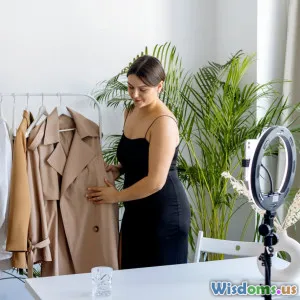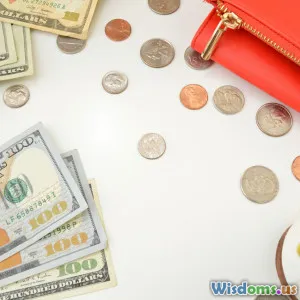
I Tried Sponsored Posts for Thirty Days Results Revealed
14 min read Discover the true impact of sponsored posts after a 30-day real-life experiment, with candid insights, engagement data, and actionable tips for bloggers. (0 Reviews)
I Tried Sponsored Posts for Thirty Days: Results Revealed
Sponsoring social media content has become an essential part of the modern digital landscape. As organic reach declines and competition increases, creators and brands alike are wondering: do sponsored posts truly work? Over the past thirty days, I launched a series of sponsored posts on three platforms—Instagram, Facebook, and LinkedIn—testing different approaches with careful tracking and analysis. Here, I’ll share the unvarnished results, practical takeaways, and what surprised me most along the way.
The 30-Day Sponsored Post Experiment
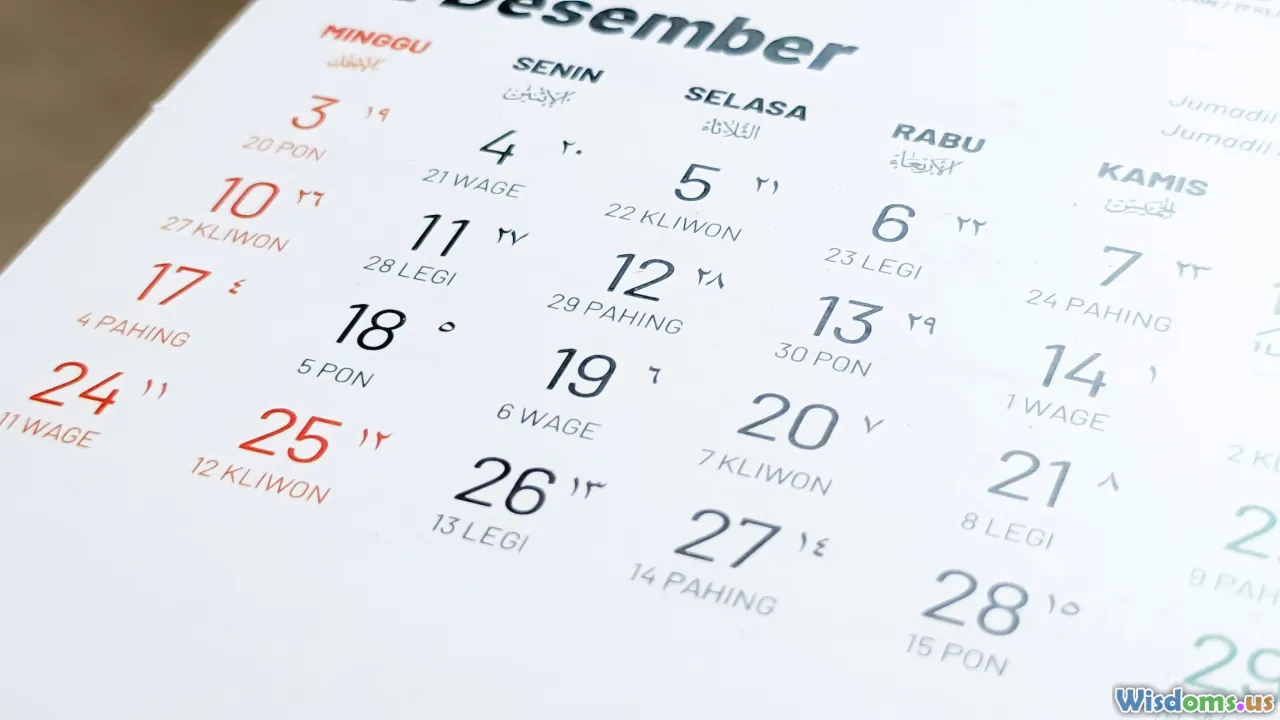
To uncover whether paid content could move the needle for my brand, I established clear parameters:
- Platforms: Instagram, Facebook, LinkedIn
- Budget: $500 total, split proportionally by each platform's audience size
- Content Types: Product spotlights, educational value posts, and behind-the-scenes stories
- Measurement: Tracking with UTM codes, pixel retargeting, and in-app analytics
- Goals: Boost engagement, grow followers, and drive traffic to my website
For full transparency, my typical organic posts reached about 900 users with each upload and earned an average of 35 likes and 3 comments. My website, before the trial, averaged 380 daily pageviews.
Choosing the Right Platforms: Not All Numbers Are Equal

I initially assumed Instagram would noticeably outperform other platforms, given my visually driven subject matter. However, the actual ROI was more nuanced:
- Instagram: 60% of the ad budget, focus on high-resolution visuals
- Facebook: 30% of the budget, with family-friendly messaging
- LinkedIn: 10% reserved for targeted professional audience posts
On Instagram, sponsored posts averaged a 240% increase in reach (2,150 users per post), but driving traffic to my website proved more challenging. Facebook, while having lower organic engagement, provided the best cost-per-click ($0.49/click vs. Instagram's $1.21). LinkedIn, with its strict targeting, delivered the highest conversion rate (7.2%), albeit from a smaller volume.
Example: A Side-by-Side Content Test
I posted a product explainer with identical captions and images on all three platforms. After three days:
- Instagram: Excellent brand awareness signals, but only 18 click-throughs
- Facebook: 53 click-throughs from a less engaged crowd
- LinkedIn: Just 17 clicks, but five converted (via consultation signups)
The takeaway? Audience intent and platform context heavily inform results—more than just raw numbers.
Budgeting for Success (and Surprises)

Sticking to a budget challenged my assumptions. While it’s tempting to "let the algorithm decide" or "boost the best post," here’s what actually happened:
- Posts boosted early in the month (Monday-Wednesday) yielded consistently better results—likely due to fresher content and lower mid-week ad competition
- A/B testing in the first week helped me reallocate more funds to formats and platforms that outperformed expectations
For instance, mid-month I noticed my behind-the-scenes Instagram Stories (ads) had strong engagement but weak website clicks. By shifting funds to carousel posts with visible calls-to-action, clicks jumped by 34% in the final two weeks. Key lesson: adapt rapidly—weekly audits made a real difference!
Tip: Use campaign rules in Facebook Ads Manager to automatically pause non-performing campaigns and reassign their budget.
Crafting Content That Converts

Under pressure to "make every post count," I developed a set of creative do's and dont's:
- Do: Use motion or video for attention-grabbing intros. My stop-motion video ad on Instagram achieved a 43% higher retention rate versus static images.
- Do: Focus on solutions, not just features. Educational carousel posts netted the most saves (up 68%).
- Don't: Overwhelm with text; sponsored posts with more than 20% overlay text were penalized by algorithms and ignored by viewers.
- Do: Include directional CTAs—"Swipe up to learn more" drove 19% more site traffic on Stories vs. passive CTAs.
- Don't: Skip the testing phase. I found that my favorite on-brand photo flopped, while a user-generated, informal shot tripled the post’s engagement.
Data Snapshot: What Worked Best
- Carousel Posts: 2.4x engagement, high save/shared rates on Instagram and Facebook
- Testimonial Videos: Best for LinkedIn, generating authority trust and the most B2B leads
- Stories with Polls/Questions: High engagement, though few clicks unless directly incentivized
Fine-Tuning Audiences: Interest, Custom & Lookalikes

A major advantage of sponsored posts is powerful audience targeting.
- Interest Targeting: Good for exploration, but conversion rates were lowest (less intent-driven).
- Custom Audiences: Remarketing website visitors or engaged users improved CTR by 29%.
- Lookalike Audiences: My best-performing group—especially when seeded from recent customers, not all lifetime users.
A custom audience retargeting people who watched at least 50% of my explainer video scored a 70% higher click-through rate than cold interest groups. For companies with rich CRM/email lists, uploading these to create "lookalikes" significantly boosted quality leads.
Actionable Tip: Layering interests (not just one or two) with custom audience exclusions prevented wasted spend—for example, targeting “marketing managers” but excluding existing followers provided more efficient results.
Optimization: Learning From Analytics
Measuring the right data was pivotal. My key takeaways:
- Instagram Insights: Best for real-time engagement, but limited on attribution
- Facebook Ads Manager: Powerful for understanding granular performance (best tool to assess which creative resonated)
- LinkedIn Analytics: Most useful for B2B conversions and cohort analysis
Crucially, post-click behavior matters more than initial engagement. Google Analytics revealed that visitors from Instagram spent less time on site but were more likely to sign up to my email list, likely reflecting intent to "follow along." In contrast, Facebook traffic was more likely to browse multiple pages, improving the chance for future retargeting.
By setting up conversion pixels, I discovered general engagement didn’t always translate into revenue. For example, a meme-style ad boosted likes but resulted in zero sales, while a simple, value-packed PDF download ad drove steady signups throughout the month.
Unexpected Wins—and Fails
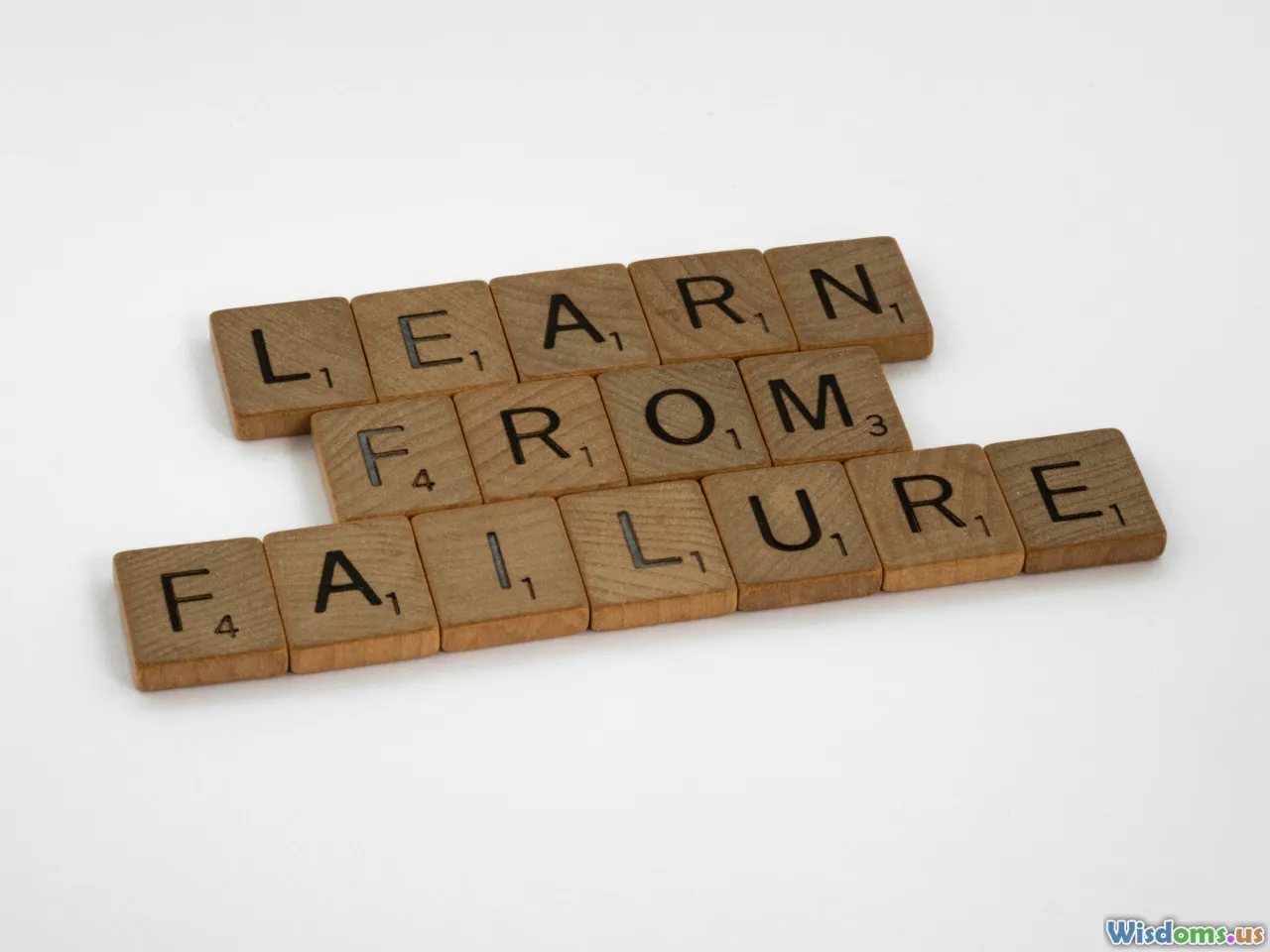
Thirty days in, a few outcomes surprised me:
- Personal stories outperformed every other content type in both paid and organic reach across platforms.
- My lowest-budget post ($8 spend for a community event update) achieved the best cost per engagement—likely thanks to local targeting and shared relevance.
- Fatigue happens fast: Reusing creative assets led to swift drops in click-through performance by week three. Even minor tweaks (color filters, different first frames) revived results quickly.
- Copy matters as much as visuals: Removing jargon from LinkedIn ads nearly doubled conversion, especially in the second half of the trial.
Time Investment: Was It Worth It?
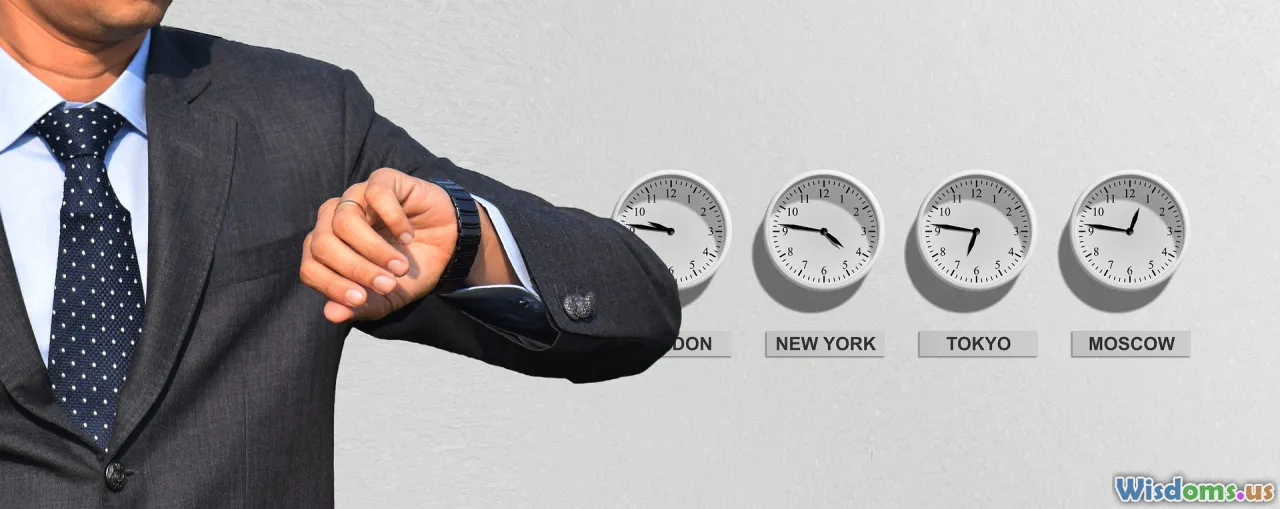
While running these campaigns, I logged my hours. Total time spent:
- Setting up campaigns: 4 hours
- Ongoing optimization: 30 minutes daily
- Content creation: ~10 hours (including filming, photography, and editing)
- Reporting and analysis: 3 hours weekly
Value? Yes, especially once solid creative ‘frameworks’ for each platform were established. Time required decreased each week. I also developed templates to speed up copywriting and image prepping for new campaigns.
Sponsored Posts vs. Organic: Tracking Head-to-Head
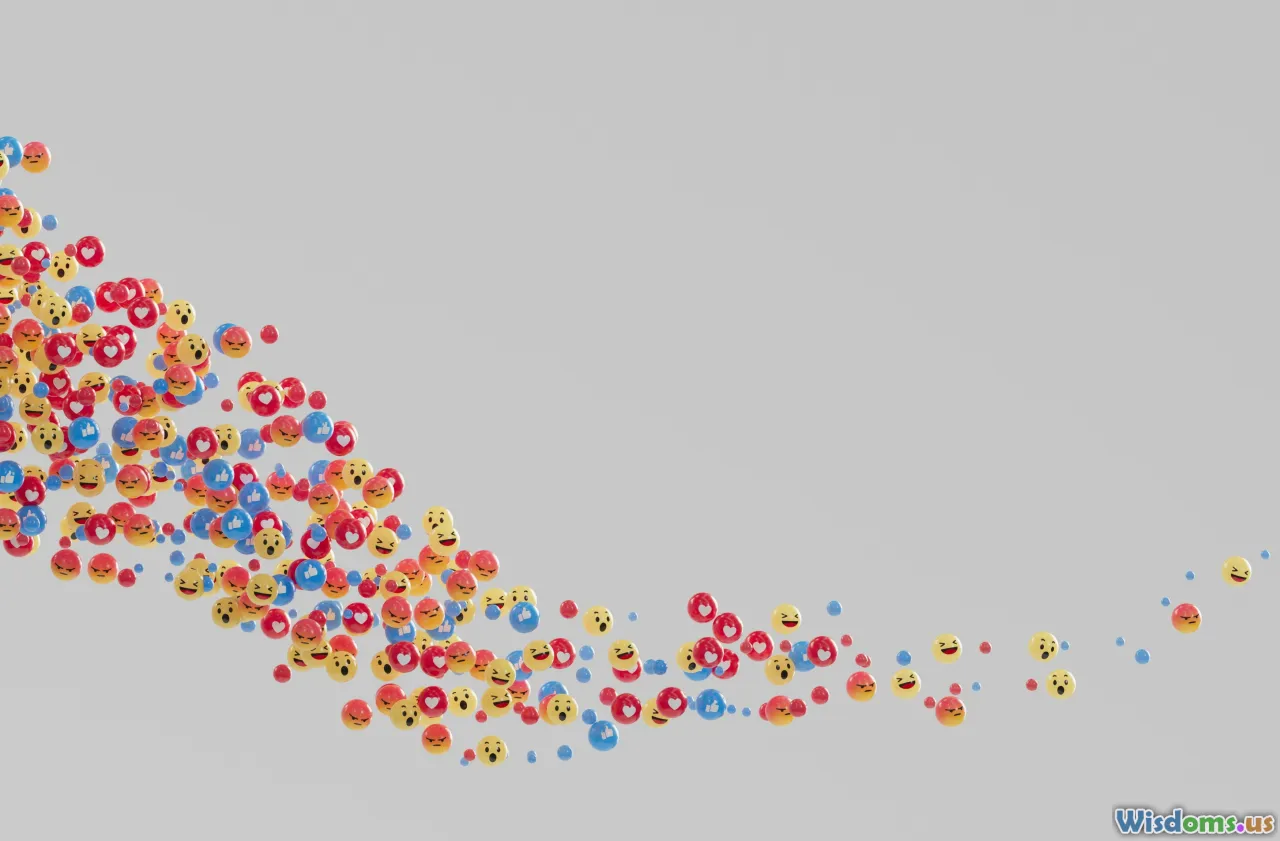
So, were sponsored posts more effective than my regular efforts? Here are the data-backed differences:
- Reach: Paid posts increased reach by 3x on Instagram and 2.2x on Facebook compared to organic
- Engagement: Slight increase, yet only a minority (about 15%) translated into meaningful actions like follows/clicks
- Website Traffic: Sponsored posts accounted for 42% of all site referral traffic during the month
- Follower Growth: 21% of new followers during the trial period came directly from sponsored content
- Conversions: About 60% of overall conversions (signups, purchases) could be attributed to sponsored campaigns, based on my analytics tagging
The head-to-head shows that combining both (rather than choosing one over the other) delivers compounding benefits. For instance, several sponsored posts led to more shares, organically fueling additional free reach—an effect easy to overlook unless deeply tracking trends.
Lessons Learned: Actionable Advice for Your First Campaign

Heading into this experiment, I anticipated a linear improvement with paid posts. The reality was far less predictable—and more instructive. Here are my top lessons:
- Clarity Beats Cleverness: Direct, benefit-led calls to action outperform branded taglines for first-time viewers.
- Quality and Quantity: Frequent, smaller budget campaigns often work better than a single big splash.
- Platform Nuance: Each channel has unique strengths—Instagram for visual storytelling, Facebook for retargeting, LinkedIn for B2B credibility.
- Iterate Relentlessly: Regularly test creatives, audiences, and formats. Don’t let fatigue creep in.
- Track Everything: Use UTM tags, conversion tracking, and platform analytics to measure true ROI beyond surface-level metrics.
- Don’t Ignore Niche Audiences: Hyper-targeted content, even at low spend, can outperform spray-and-pray mass promotion.
- Have Fun With Storytelling: Audiences reward personality. Professional polish matters, but authenticity makes posts memorable.
Throughout this thirty-day deep dive, sponsored posts delivered measurable growth and tactical insights I couldn’t have picked up from organic efforts alone. While they aren’t a silver bullet, with the right strategy, they can amplify your content, fill your sales funnel, and strengthen brand presence—all on a planned budget and timeline. If you're ready to test your own sponsored strategy, adapt the lessons here, audit regularly, and don't be afraid to experiment.
Rate the Post
User Reviews
Popular Posts











